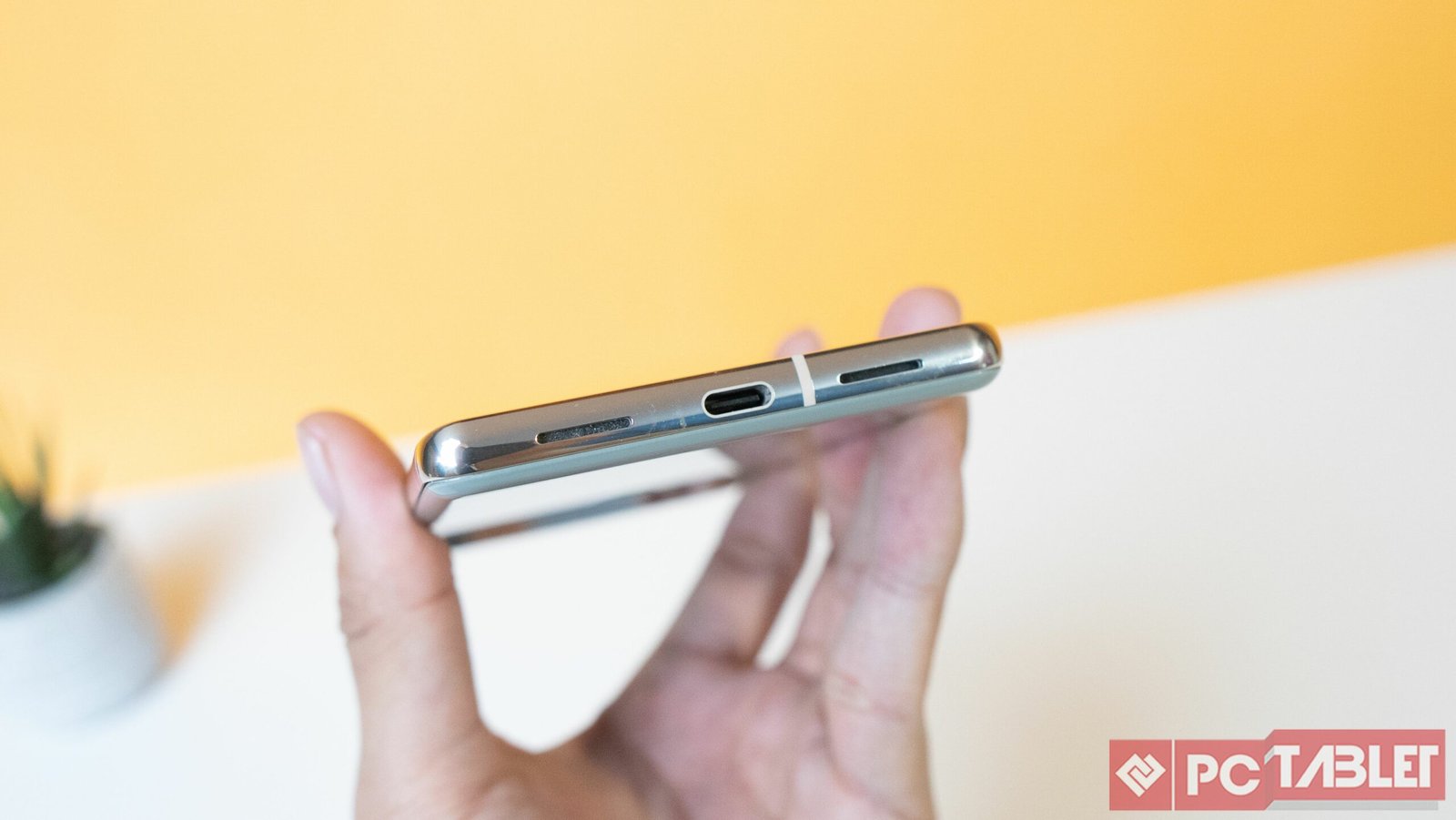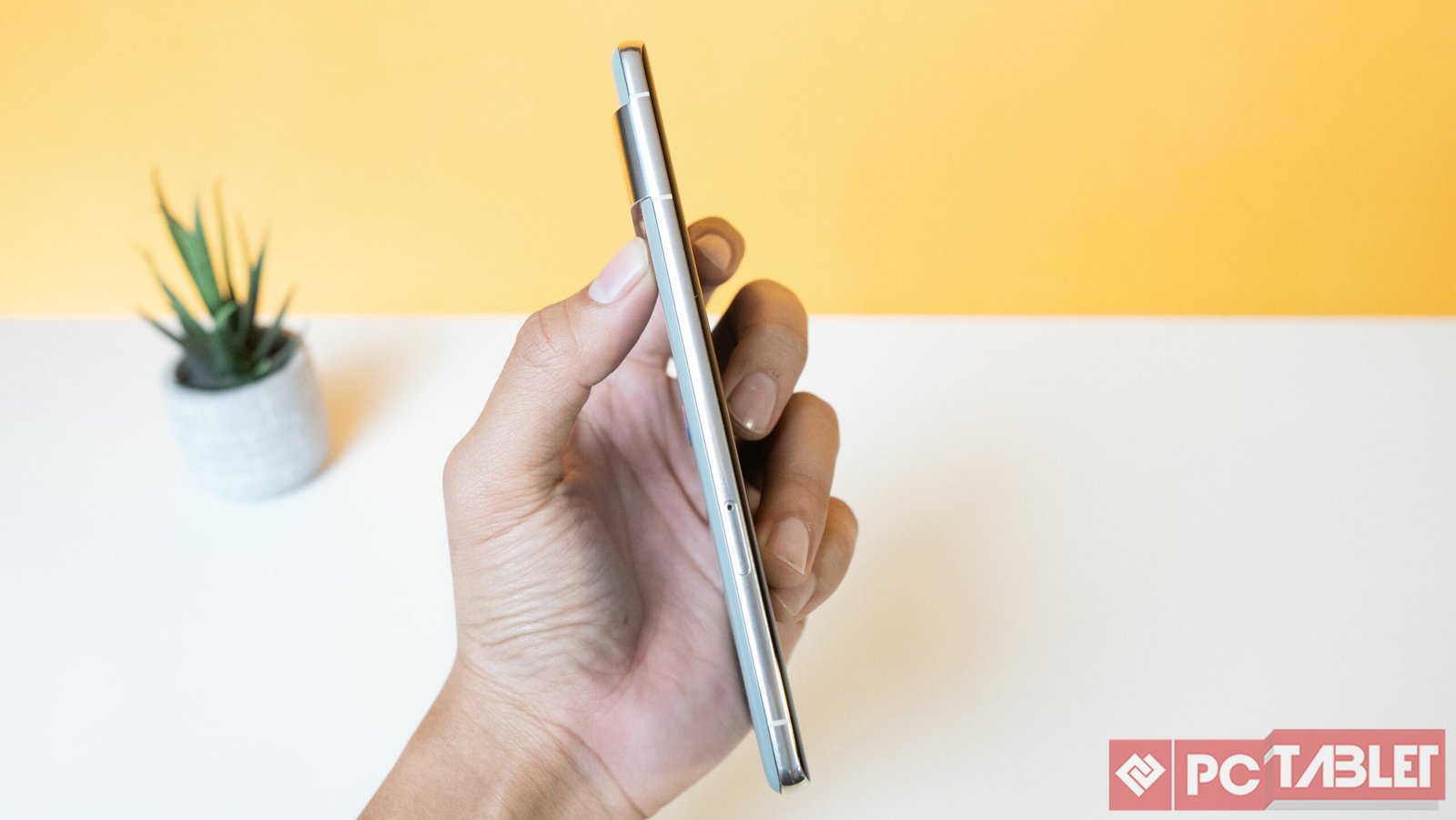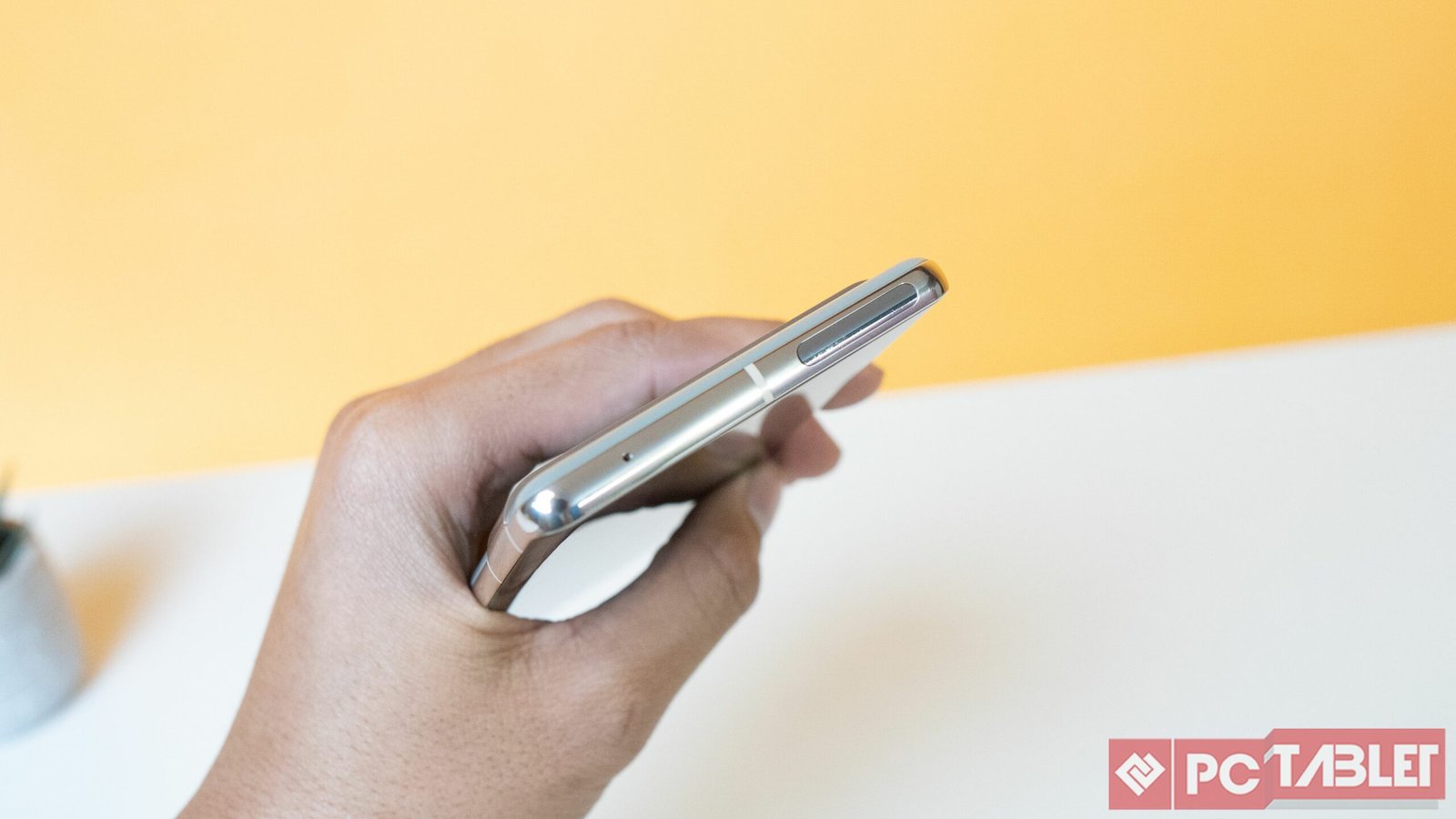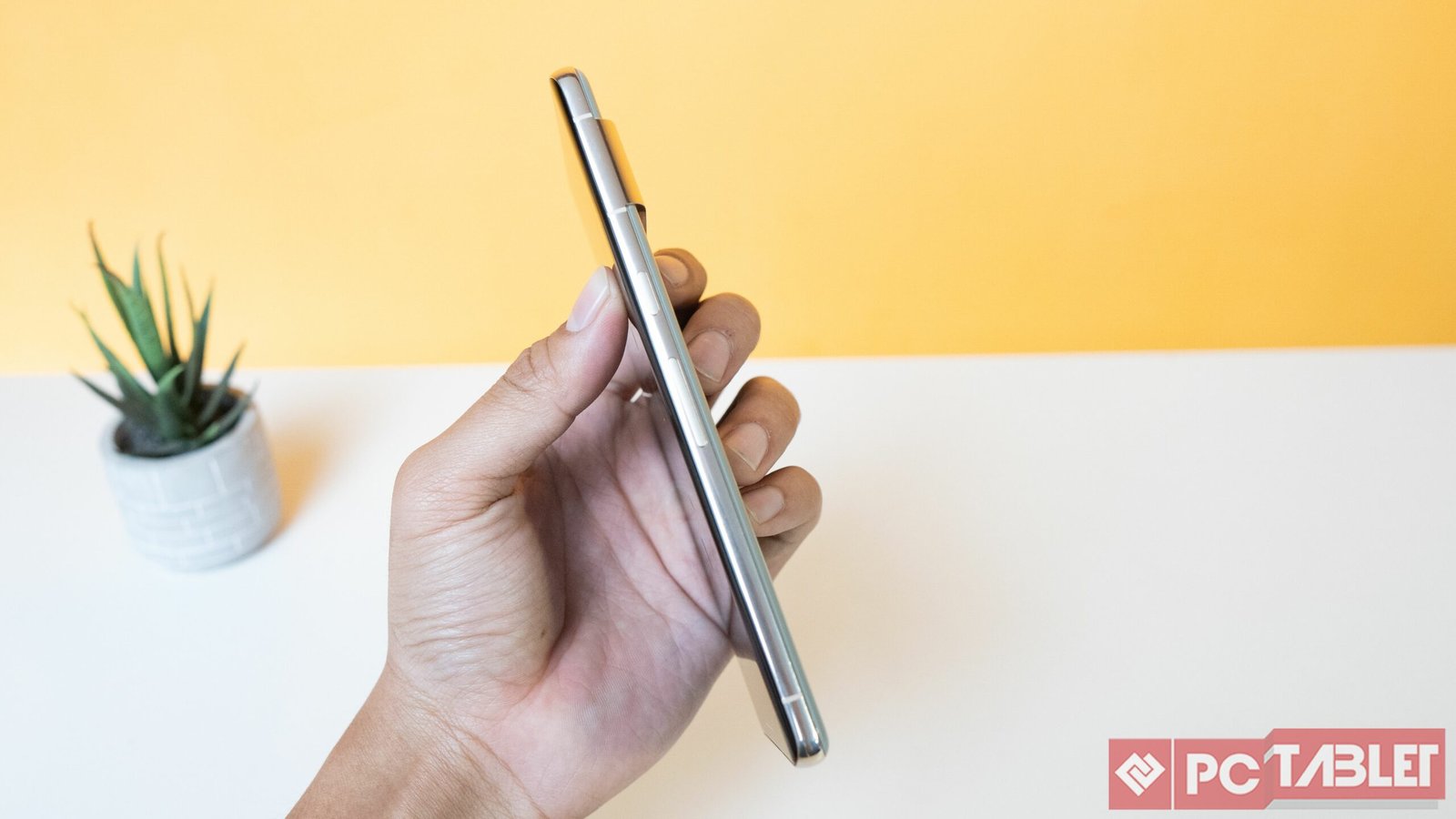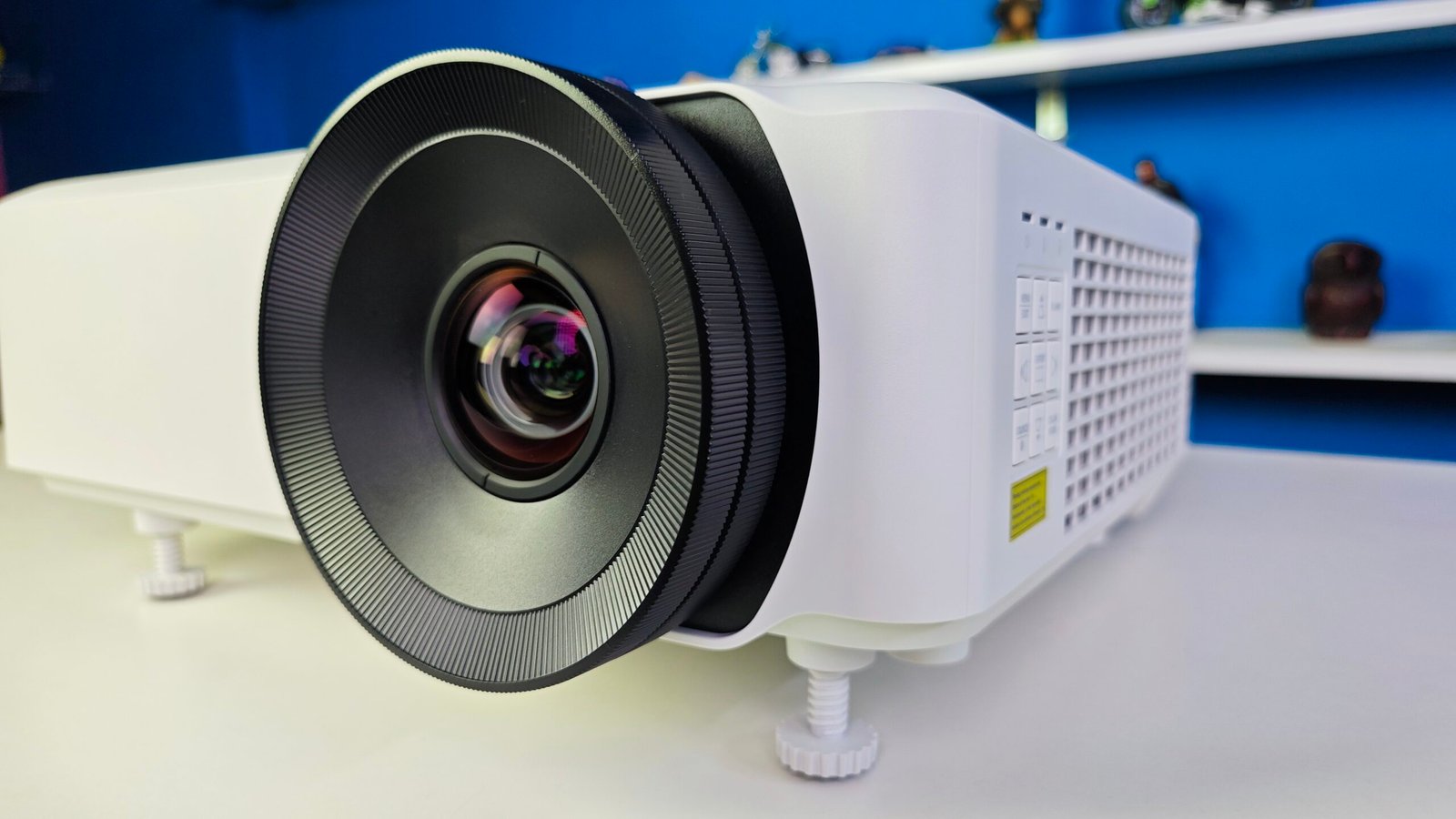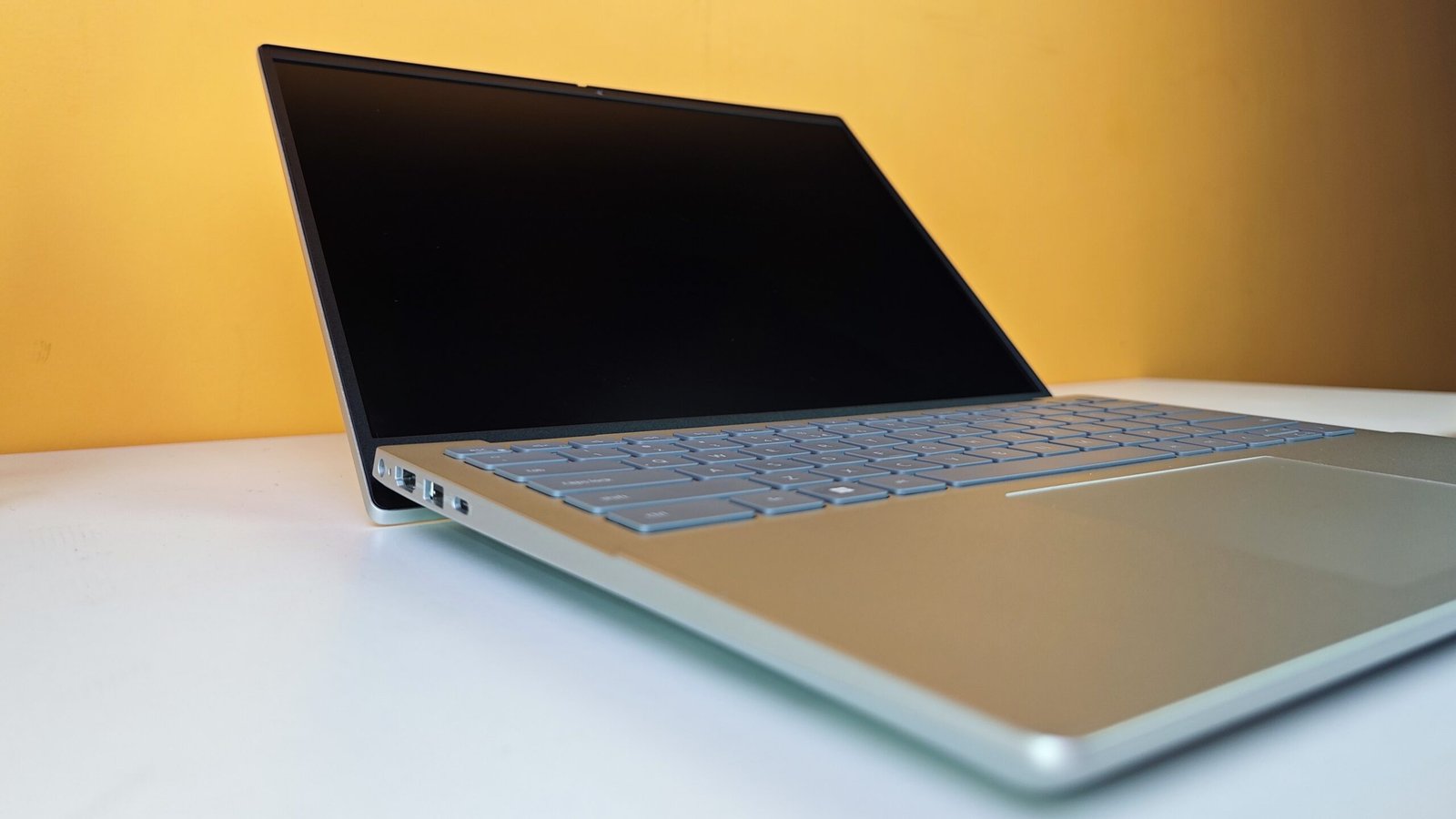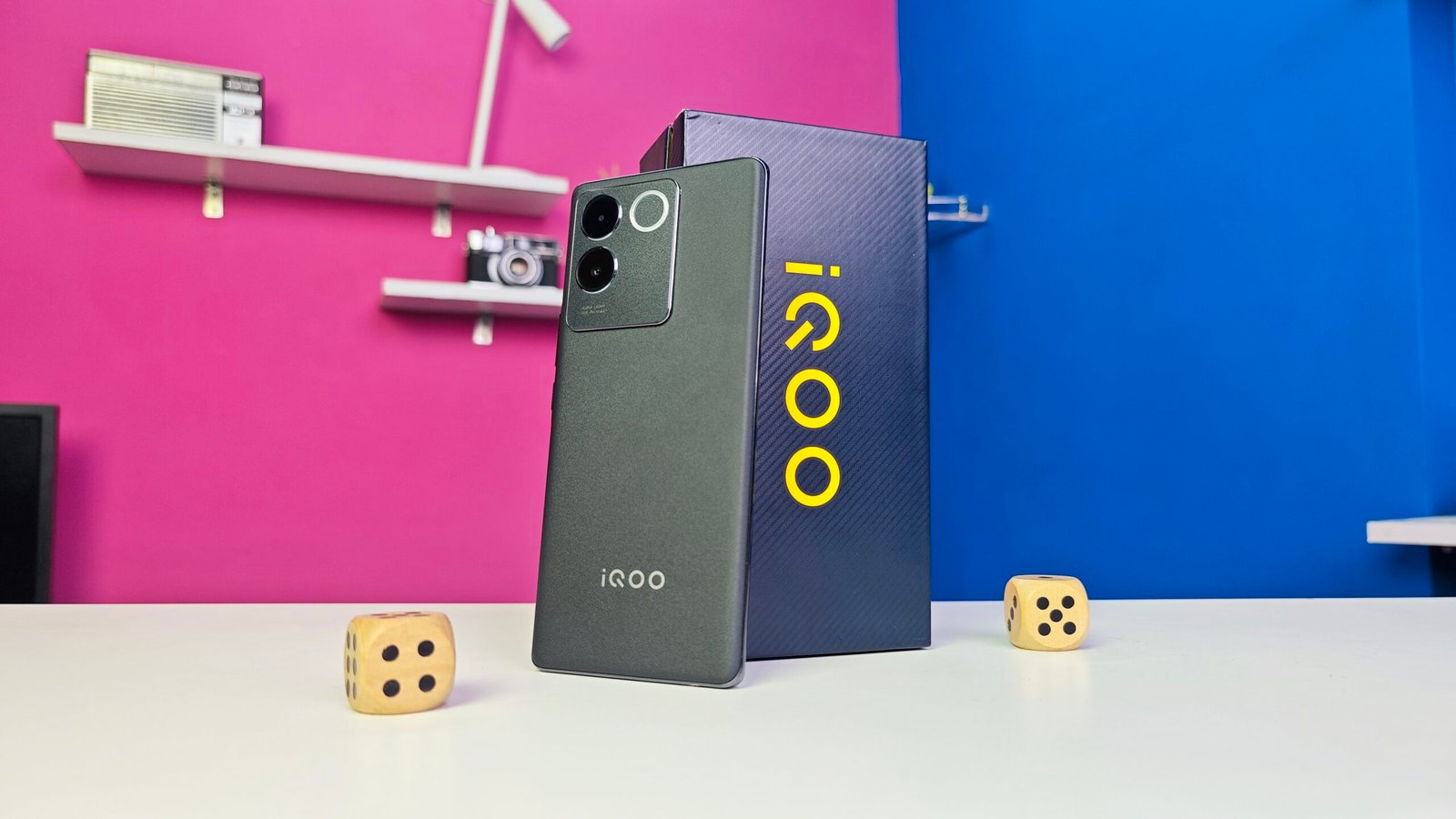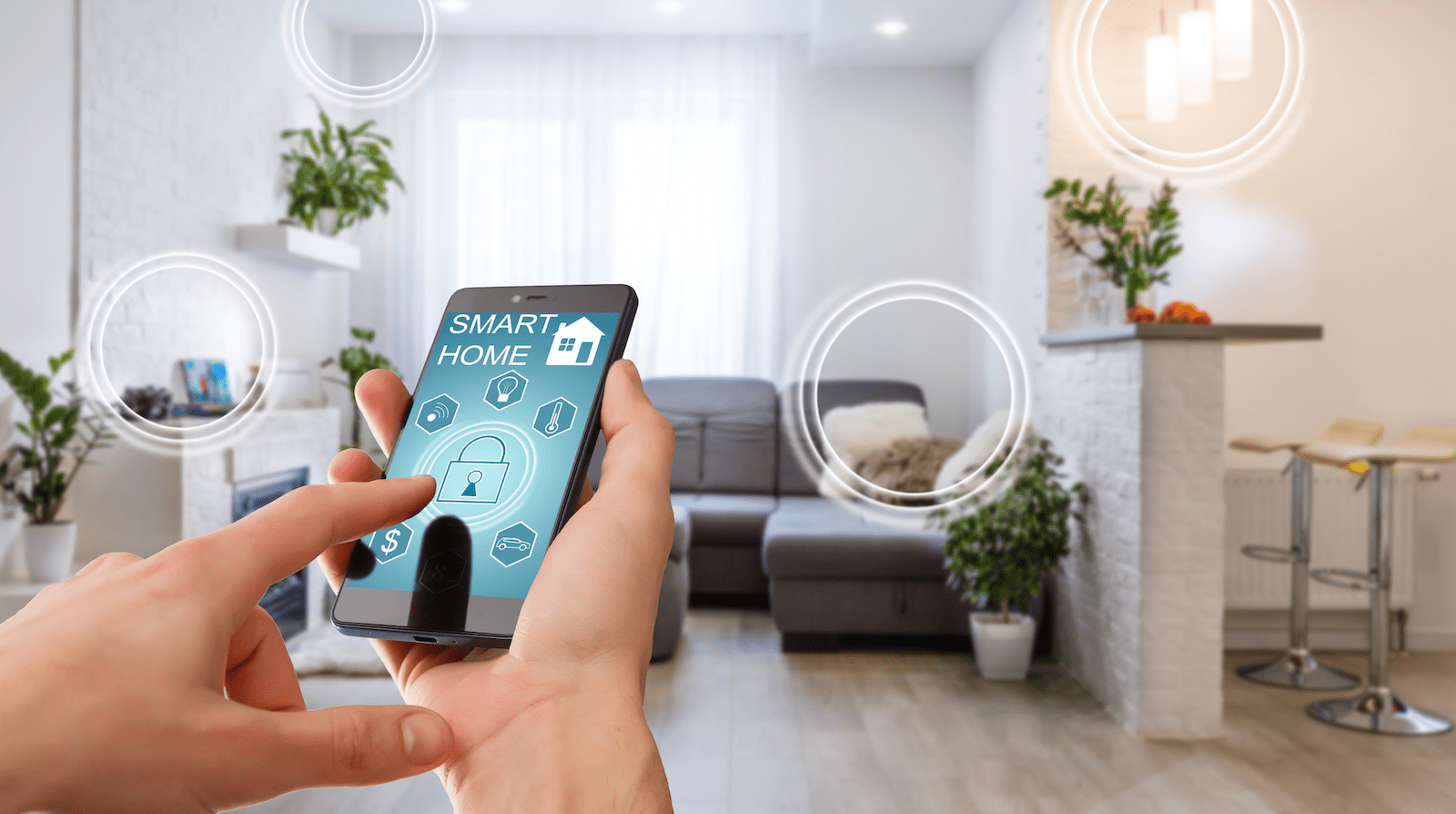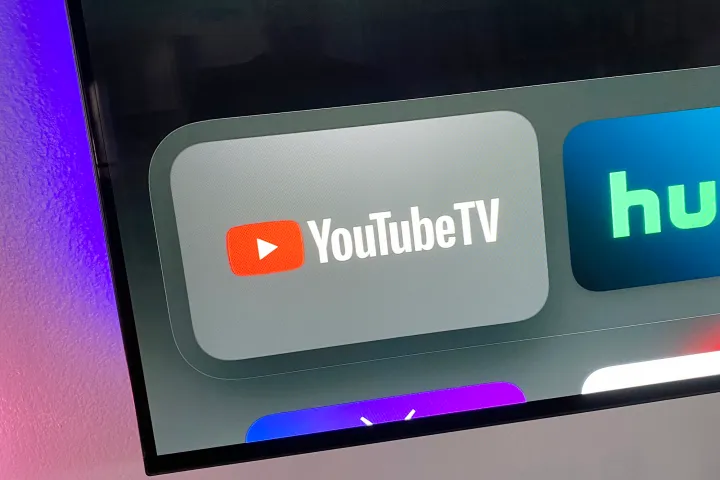Google has recently launched the Pixel 7 and Pixel 7 Pro, as part of their strategy to attract new buyers and retain their existing Pixel loyalists. In this article, we will focus on the Pro variant of the Pixel 7 smartphone series and answer some of the questions that you might have about it.
The Pixel 7 Pro uses the same basic principles as its non-Pro counterpart, but there are several key differences that set it apart. One of the most notable differences is the price, with the Pixel 7 Pro retailing at ₹84,999. This premium flagship smartphone is packed with features and specs that are sure to impress. So, let’s dive deep into the review.
Google Pixel 7 Pro Specifications
- Display: 6.7-inch QHD+ OLED, 120Hz, LTPO
- SoC: Google Tensor G2
- RAM: 12GB
- Storage: 128GB, 256GB, 512GB
- Ports: USB-C
- Operating System: Android 13
- Front camera: 10.8MP
- Rear cameras: 50MP (wide), 12MP (ultrawide), 48MP (telephoto)
- Dimensions: 162.9 x 76.6 x 8.9mm
- Weight: 212g
- IP Rating: IP68
- Battery: 5000 mAh, 23W Fast Charging
- Price: ₹80,999
Box Contents
- Pixel 7 Pro in Hazel colour
- Quick Start Guide
- USB-C to USB-C Cable (USB 2.0)
- Quick Switch Adaptor
- SIM Ejector Tool
Design
![]()
Starting with the design, Pixel 7 Pro is the latest offering from Google in the smartphone market. It has made some slight improvements over its predecessor, the Pixel 6 Pro, in terms of design and camera performance. The camera bar on the Pixel 7 Pro has received a major upgrade, with an aluminum cover that blends seamlessly into the frame, replacing the black visor from the previous model. The phone also has three cutouts in the camera bar to prevent lens flaring issues. The camera bar is expected to continue to be a source of controversy among Pixel fans.
The back of the Pixel 7 Pro is made of glossy glass, which can be quite slippery and attracts fingerprints and smudges. The two-tone look of the previous model has been replaced with a single shade, which is less eye-catching but less functional as well. The phone is designed to look premium, but it falls short compared to the recent Galaxy S-series phones from Samsung. The phone feels solid in the hand, but the use of “polished” aluminum on the camera bar and frame attracts fingerprints and smudges and is already showing scratches from regular use.
The display of the Pixel 7 Pro is not without its flaws, but it is generally a good display. However, the phone can be quite slippery and attracts fingerprints and smudges, which can make using it without a case a less enjoyable experience. Most buyers will likely use the phone with a case, which can alleviate some of these issues. However, the fact that the phone needs to be used with a case to have a better experience is not a good sign. Google is close to making the Pixel 7 Pro one of the most unique smartphones on the market, but with some changes in materials and design, it could be even better.
Pixel 7 Pro Display
![]()
The display on the Google Pixel 7 Pro is truly a standout feature. With a QHD+ resolution and HDR10+ compliance, it is capable of delivering sharp, vivid, and highly detailed images. The color reproduction and contrast are also excellent, making it perfect for media consumption and gaming.
One of the most notable aspects of the display is its refresh rate, which is set at 120 Hz, making scrolling smoother and reducing flicker. However, it would have been great if the phone could adjust the refresh rate based on the content being displayed, as not all content requires such a high refresh rate.
![]()
The display on the Pixel 7 Pro is also curved, which some users may not prefer, but it does lend a premium feel to the device. The always-on display feature is available for those who prefer it, but given the size of the display, single-handed use may not be feasible for many users.
In terms of color adjustments, the Pixel 7 Pro provides two modes – Adaptive and Natural. Adaptive mode makes the colors look slightly more vivid while Natural mode offers a more natural color representation. While the difference may not be as pronounced as in some other smartphone brands, both modes deliver good results and it comes down to personal preference.
Overall, the display on the Google Pixel 7 Pro is truly impressive and sets a high standard for other devices to follow. Whether you’re watching movies, playing games, or simply browsing the web, the display on the Pixel 7 Pro is sure to provide a truly immersive experience.
Software and Performance
![]()
The Google Pixel 7 Pro is one of the most capable smartphones in the market today. With its Tensor G2 chip, 12GB of RAM, and 128GB of internal storage, this phone can handle just about anything you throw at it. However, the 128GB storage might not be enough for some users who are into photography, videography or gaming. With heavy apps and games taking up a lot of space in addition to app data, a minimum of 256GB of storage would have been ideal for a phone at this price range.
The Tensor G2 chip and 12GB of RAM work seamlessly together to deliver an exceptional performance. The phone is able to switch between apps, stream content on OTT platforms, and play heavy games like Call of Duty without any stutters or lags. Although, you might experience some heat after prolonged gaming sessions.
![]()
The Google Pixel 7 Pro offers a pure stock Android experience, which is a delight for users who love a clean, clutter-free interface. This stock Android experience ensures that the phone stays snappy and fast even after months of usage, making it a great choice for those who prioritize speed and efficiency.
In conclusion, the Google Pixel 7 Pro is a great choice for anyone who wants a flagship phone experience. Despite the less storage, it has a powerful processor and RAM, making it capable of handling demanding tasks with ease. The stock Android experience adds to the overall appeal, making it a great phone for anyone who wants a clean and fast user experience.
Pixel 7 Pro Camera
![]() The Pixel 7 Pro is a smartphone that is designed for photography enthusiasts. With its triple rear lenses, it promises to deliver a truly remarkable camera experience. The main lens, with a 50 MP resolution, balances the light beautifully. This results in excellent daylight photography that is further enhanced by software tuning and post-processing.
The Pixel 7 Pro is a smartphone that is designed for photography enthusiasts. With its triple rear lenses, it promises to deliver a truly remarkable camera experience. The main lens, with a 50 MP resolution, balances the light beautifully. This results in excellent daylight photography that is further enhanced by software tuning and post-processing.
![]() The ultra-wide sensor, with a resolution of 12MP, captures more space in a frame without sacrificing color balance. Meanwhile, the 48MP telephoto camera is capable of zooming in with remarkable clarity, even at higher levels. Macro shots are also possible, although a steady hand is required. There are two beta features available in the camera pre-sets Long Exposure and Action Pan. These are ideal for shooting moving subjects and maintaining a sharp focus.
The ultra-wide sensor, with a resolution of 12MP, captures more space in a frame without sacrificing color balance. Meanwhile, the 48MP telephoto camera is capable of zooming in with remarkable clarity, even at higher levels. Macro shots are also possible, although a steady hand is required. There are two beta features available in the camera pre-sets Long Exposure and Action Pan. These are ideal for shooting moving subjects and maintaining a sharp focus.
![]()
Night photography is a standout feature of the Pixel 7 Pro, with exceptional clarity and noise reduction. The 10.8MP front lens is the same as that found in the Pixel 7, and provides ample opportunity for self-expression. Selfies are precise, with accurate skin tone and color representation, without any over-saturation. Portrait shots are also a strong point of the phone, with software touch-ups adding to their appeal. The Pixel 7 Pro even performs well under low light conditions, outpacing many of its competitors.
The Pixel 7 Pro is a true marvel when it comes to Super Res Zoom and its stabilization capabilities. It is a device that offers incredible photography performance, making it a great choice for anyone looking to capture the beauty of life with a single device. Overall, the Pixel 7 Pro is an impressive smartphone that promises to deliver a fantastic camera experience.
Google Pixel 7 Pro – Battery
![]()
The battery performance on the Pixel 7 Pro is just average, with a 5000mAh battery that can last a full day with moderate use. However, the charging times leave much to be desired. Using a standard 10W charger can take up to three hours to fully charge the device, which is quite slow compared to other devices in the market. Even fast chargers from popular brands like Oppo or OnePlus can only deliver a 5V/2A output for the Pixel 7 Pro. To make matters worse, Google does not include a charger in the box.
The Pixel 7 Pro does support 23W fast charging using USB-PD 3.0 chargers, but the speed is still not on par with other flagship devices. We tested the Neo 45 and Flow 30 chargers from Stuffcool and found that they can deliver 20W and 25W USB-PD output and 30W output, respectively. The best we could achieve was charging the Pixel 7 Pro from 5% to 100% in 1 hour and 45 minutes. While this is still a significant improvement over the 3-hour charging time using a 10W charger, it is still far from the fast charging speeds offered by other brands.
It is worth noting that the three premium smartphone brands, Apple, Google, and Samsung, currently offer some of the slowest charging times in the market. This is surprising given the high price points of these devices and the emphasis placed on cutting-edge technology. The slow charging times of the Pixel 7 Pro may be a disappointment for some users, but the phone does offer a decent battery backup. Overall, the battery performance of the Pixel 7 Pro is acceptable, but the charging times leave much to be desired.
Conclusion
In conclusion, the Google Pixel 7 Pro is a flagship smartphone that offers a unique design, powerful chipset, and a holistic ecosystem. The camera capabilities of the device make it a must-have for photography enthusiasts, with a triple-lens setup that allows for stunning images and videos. The display is vibrant and the battery life is more than enough to last for a full day of usage. However, there are some minor issues that may be a concern for some users, such as the puzzled face unlock feature and occasional heating issues. Despite these issues, the Pixel 7 Pro is a brilliant device overall. the device could be priced at a lower point, like 10,000 less. The same goes for the Pixel 7.

